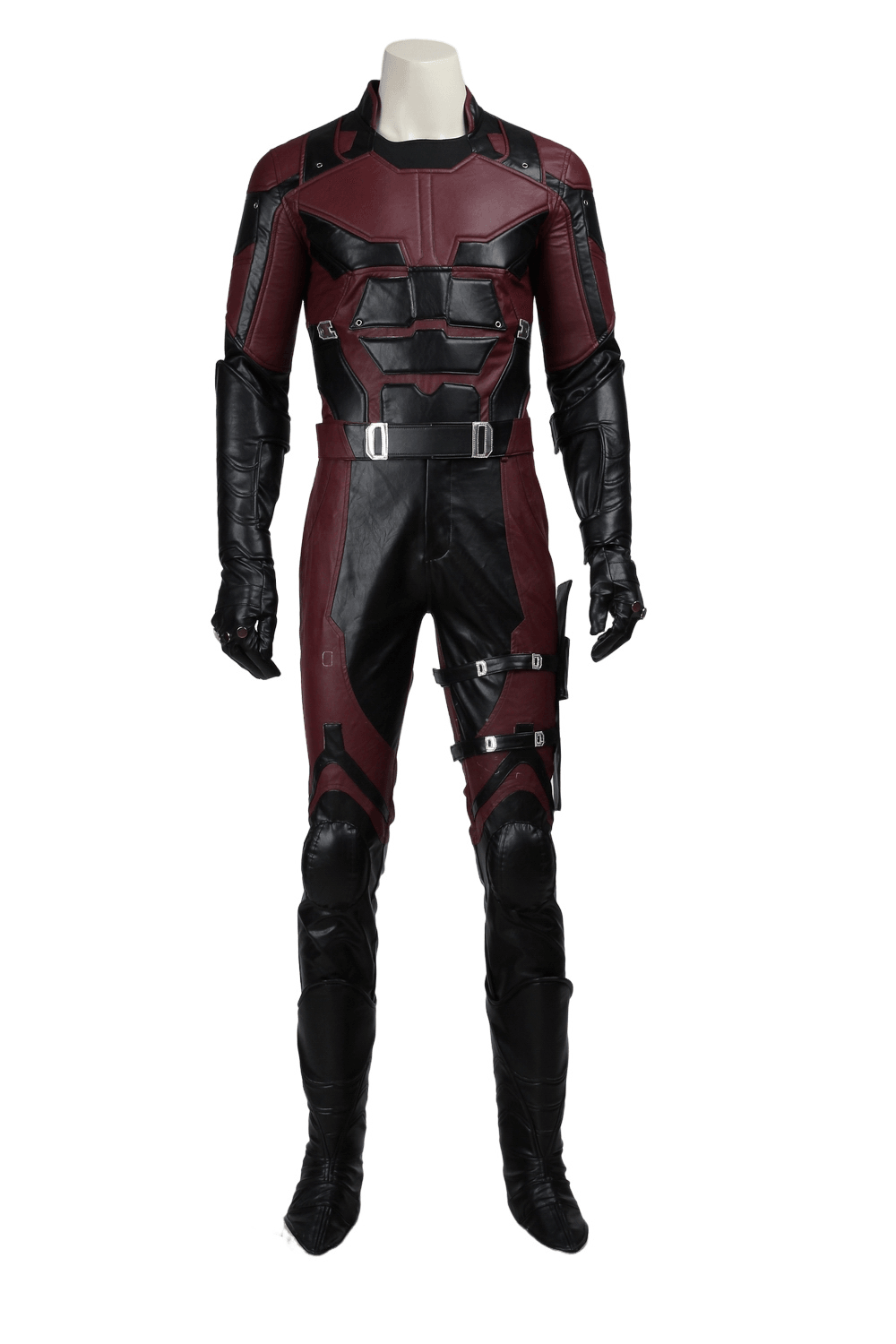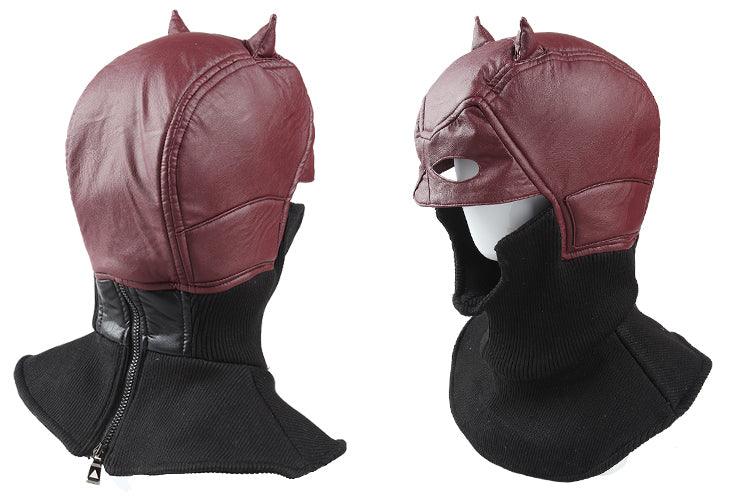Mastering the Art of Cosplay Wig Styling: A Comprehensive Guide
Cosplay wigs are an essential element in bringing your favorite characters to life. While crimpers can be useful for creating certain textures, there are numerous other techniques and tools you can use to achieve stunning wig styles without one. This comprehensive guide will walk you through the process of styling cosplay wigs, offering alternatives to crimping and covering everything from basic care to advanced styling techniques.
Essential Tools and Materials
Before diving into styling techniques, it's crucial to have the right tools at your disposal. Here's a list of essential items you'll need:
-
Wig head and stand
-
Sharp scissors (hair shears)
-
Various combs (wide-tooth, fine-tooth, rat-tail)
-
Hairdryer
-
Strong hold hairspray
-
Flat iron with adjustable heat settings
-
Hair clips (alligator clips and extended clips for thicker pieces)
-
Mini rubber bands
-
Hair rollers (various sizes, non-velcro)
-
Hairpins and wig clips
-
T-pins or quilting pins
-
Tacky glue
-
Needle and thread
-
Teasing brush
-
Wig tape
Optional but helpful tools include:
-
Steamer
-
Perm rods
-
Razor
-
Ventilating hook/needle
-
Swiss lace
-
Silicone glue
Choosing the Right Wig
Selecting the appropriate base wig is crucial for successful styling. Consider the following factors:
-
Length and thickness: Ensure the wig is long enough and thick enough for your desired style.
-
Cut and shape: Look for a wig with a suitable base cut (e.g., layered, straight, etc.).
-
Top style: Choose between button top, side part, or versatile skin top.
-
Front type: Decide between a lace front (for a more natural hairline) or a hard front.
-
Color: Select a color that matches your character or can be easily dyed if needed.
When choosing a wig, consider purchasing from reputable suppliers like CrazeCosplay.com. They offer a wide range of high-quality cosplay wigs designed to withstand frequent use and styling.
Basic Wig Care and Preparation
Before styling, it's essential to properly care for and prepare your wig:
-
Detangling: Use a wide-tooth comb to gently detangle the wig, starting from the ends and working your way up.
-
Washing: If necessary, wash the wig using specialized wig shampoo and conditioner. Air dry on a wig stand.
-
Heat protection: When using heat styling tools, apply a heat protectant spray designed for synthetic fibers.
Styling Techniques Without a Crimper
While a crimper can create specific textures, there are many alternative methods to style your cosplay wig:
1. Braiding for Texture
One of the simplest ways to add texture to your wig is through braiding:
-
Section the wig into small parts.
-
Braid each section tightly.
-
Use a flat iron on low heat to press the braids (if the wig is heat-resistant).
-
Leave the braids in for several hours or overnight.
-
Carefully undo the braids and gently finger-comb the hair.
This technique creates a wavy, crimped-like texture without the need for a crimper.
2. Pin Curling
Pin curling is an excellent method for creating various curl patterns:
-
Divide the wig into sections.
-
Take a small strand of hair and wrap it around your finger to form a curl.
-
Pin the curl flat against the wig cap using bobby pins.
-
Repeat this process throughout the wig.
-
Apply heat with a hairdryer (if the wig is heat-resistant) or leave overnight.
-
Remove the pins and gently separate the curls with your fingers.
3. Foam Rollers
Foam rollers can create bouncy curls or waves:
-
Section the wig and dampen each section slightly.
-
Wrap hair around foam rollers of various sizes.
-
Secure the rollers and leave them in overnight or apply low heat.
-
Gently remove the rollers and style as desired.
4. Teasing for Volume
Teasing can add significant volume to your wig:
-
Section off the top layer of the wig.
-
Using a teasing brush, gently backcomb the underlayers from mid-shaft to roots.
-
Smooth the top layer over the teased sections.
-
Set with hairspray.
5. Heat Styling (for Heat-Resistant Wigs)
If your wig is heat-resistant, you can use various heat tools to create different textures:
-
Flat Iron: Create sleek, straight styles or use it to make subtle waves.
-
Curling Iron: Achieve various curl sizes and patterns.
-
Straightening Brush: Smooth out frizz and create a natural-looking straight style.
Always use the lowest effective heat setting and apply a heat protectant before styling.
Advanced Styling Techniques
For more complex styles, consider these advanced techniques:
1. Wefting
Adding wefts can increase the wig's volume or length:
-
Purchase additional wefts that match your wig color.
-
Sew or glue the wefts into the wig cap, following the existing weft pattern.
-
Blend the new wefts with the existing hair.
2. Ventilating
Ventilating allows you to add individual hairs to create a more natural hairline or fill in sparse areas:
-
Use a ventilating needle and matching hair fibers.
-
Create small knots to secure individual hairs to the wig lace.
-
This technique requires practice but can greatly enhance the wig's appearance.
3. Cutting and Layering
Proper cutting techniques can dramatically change a wig's style:
-
Always cut less than you think you need – you can always cut more later.
-
Use sharp hair shears and cut at a slight angle to avoid blunt edges.
-
Point cut to create texture and soften lines.
Styling Specific Parts of the Wig
Bangs
Cutting and styling bangs can significantly impact the overall look of your wig:
-
Comb the bangs forward and clip the rest of the wig back.
-
Cut the bangs slightly longer than desired, as they may appear shorter when styled.
-
Use point cutting technique for a softer look.
-
Style the bangs using a flat iron or curling iron if needed.
Ponytails and Updos
Creating ponytails or updos in a wig requires careful planning:
-
Secure the wig to your head using wig clips or tape.
-
Gather the hair into the desired position.
-
Use a hair tie or elastic to secure the style.
-
Wrap a small section of hair around the hair tie to conceal it.
-
Pin any loose strands in place with bobby pins.
Maintaining Your Styled Wig
Proper maintenance will ensure your wig stays in good condition:
-
Storage: Store the wig on a wig stand to maintain its shape and prevent tangling.
-
Cleaning: Follow the manufacturer's instructions for cleaning. Use wig-specific shampoos and conditioners.
-
Avoid Heat Damage: Only use heat styling tools if the wig is heat-resistant. Always use the lowest effective temperature.
-
Regular Touch-Ups: Over time, the style may need minor adjustments. Regularly check and restyle as needed.
Troubleshooting Common Wig Issues
Tangled or Matted Wigs
-
Gently detangle using a wide-tooth comb, working in small sections.
-
Create a mixture of water and fabric softener to help smooth fibers.
-
Carefully use low heat to help relax tangled fibers.
Frizzy or Static-Prone Wigs
-
Apply a light mist of anti-static spray.
-
Gently run a dryer sheet over the wig to reduce static.
-
Use a small amount of silicone-based wig spray to smooth flyaways.
Flattened or Misshapen Styles
-
Use a handheld steamer to revive curls and waves.
-
Gently reshape the style using your fingers and hairspray.
-
If necessary, carefully restyle using heat tools (for heat-resistant wigs).
Tips from Professional Cosplayers
-
Practice on cheap wigs: Hone your skills on inexpensive wigs before working on your main cosplay wig.
-
Document your process: Take photos or videos of your styling process for future reference.
-
Be patient: Complex styles often require multiple attempts and adjustments.
-
Invest in quality: While budget wigs have their place, investing in higher-quality wigs can make styling easier and more durable.
The Importance of Quality Wigs
Investing in a high-quality cosplay wig can make a significant difference in both appearance and ease of maintenance. CrazeCosplay.com offers a wide selection of premium cosplay wigs that are designed to withstand the rigors of frequent use and styling. Their wigs are made from high-quality synthetic fibers that closely mimic the look and feel of natural hair, making them ideal for creating accurate and long-lasting cosplay looks.
When choosing a wig from CrazeCosplay.com, consider the following benefits:
-
Durability: Their wigs are constructed to withstand multiple wears and washes without losing shape or color.
-
Styling versatility: Many of their wigs are heat-resistant, allowing for more styling options.
-
Natural appearance: The high-quality fibers used in their wigs create a more realistic look, enhancing your overall cosplay.
-
Easy maintenance: Their wigs are designed to be easy to care for, making the washing and styling process more manageable.
Conclusion
Mastering the art of wig styling for cosplay is a journey that requires patience, practice, and creativity. While a crimper can be a useful tool, this guide has shown that there are numerous alternative techniques to achieve stunning styles without one. From basic care and preparation to advanced styling methods, you now have a comprehensive toolkit to bring your favorite characters to life through their hairstyles.
Remember that each wig and character may require a unique approach, so don't be afraid to experiment and develop your own techniques. With the right tools, quality wigs from suppliers like CrazeCosplay.com, and the knowledge gained from this guide, you're well-equipped to tackle even the most challenging cosplay hairstyles.
As you continue to hone your skills, keep in mind that the cosplay community is a great resource for tips, tricks, and inspiration. Share your experiences, learn from others, and most importantly, have fun bringing your favorite characters to life through the art of cosplay wig styling.







